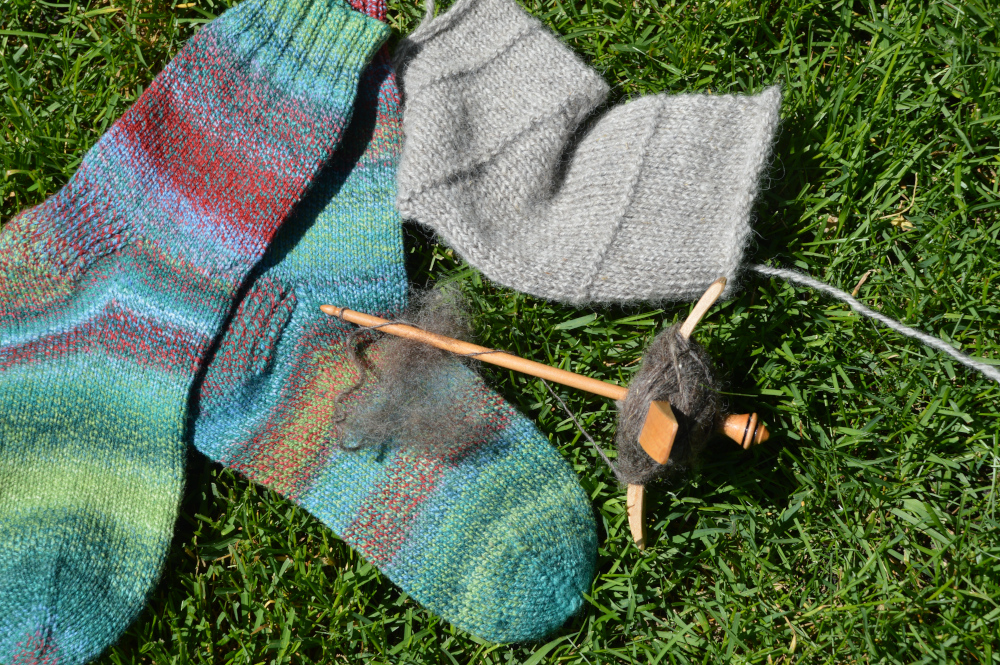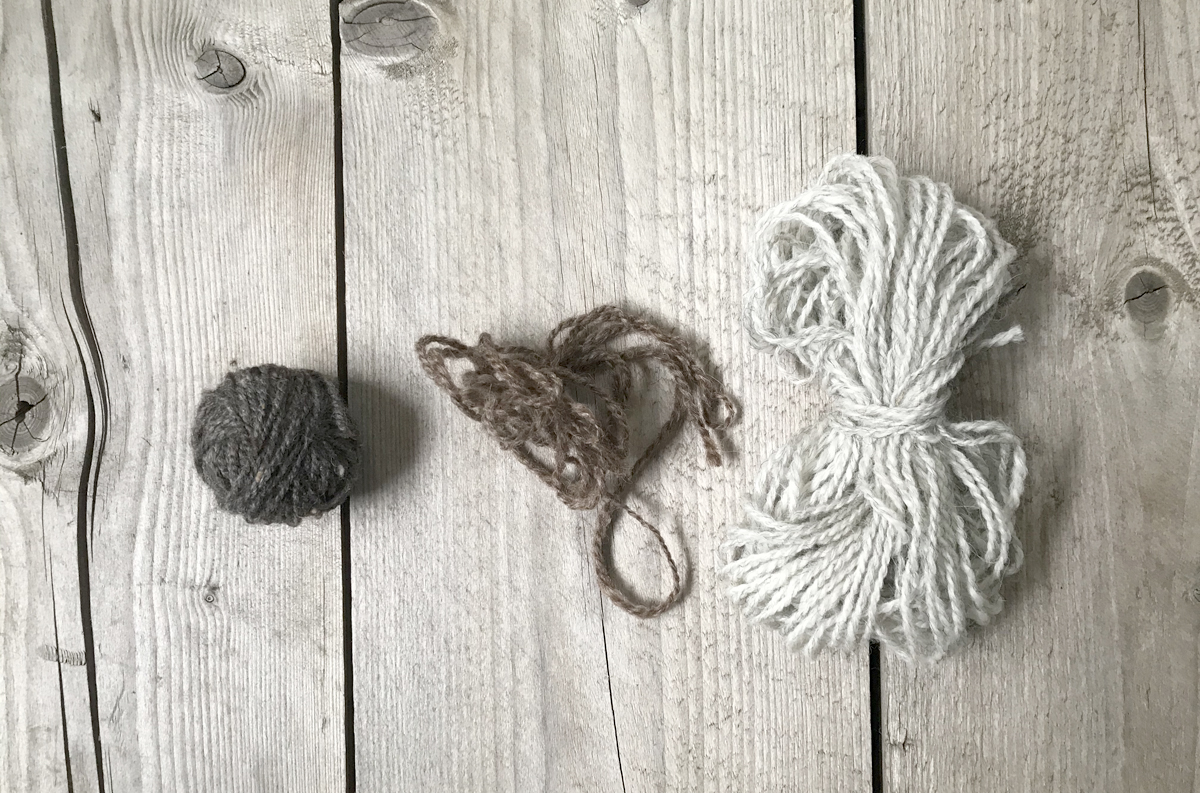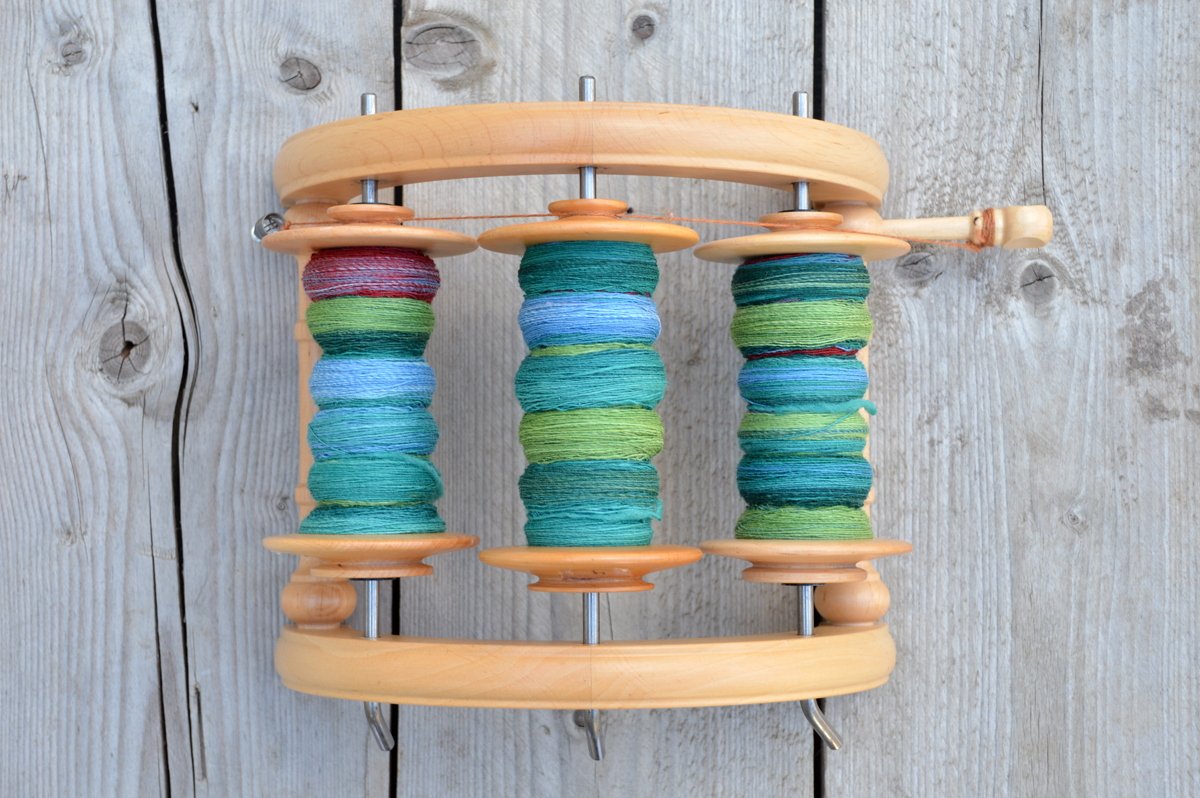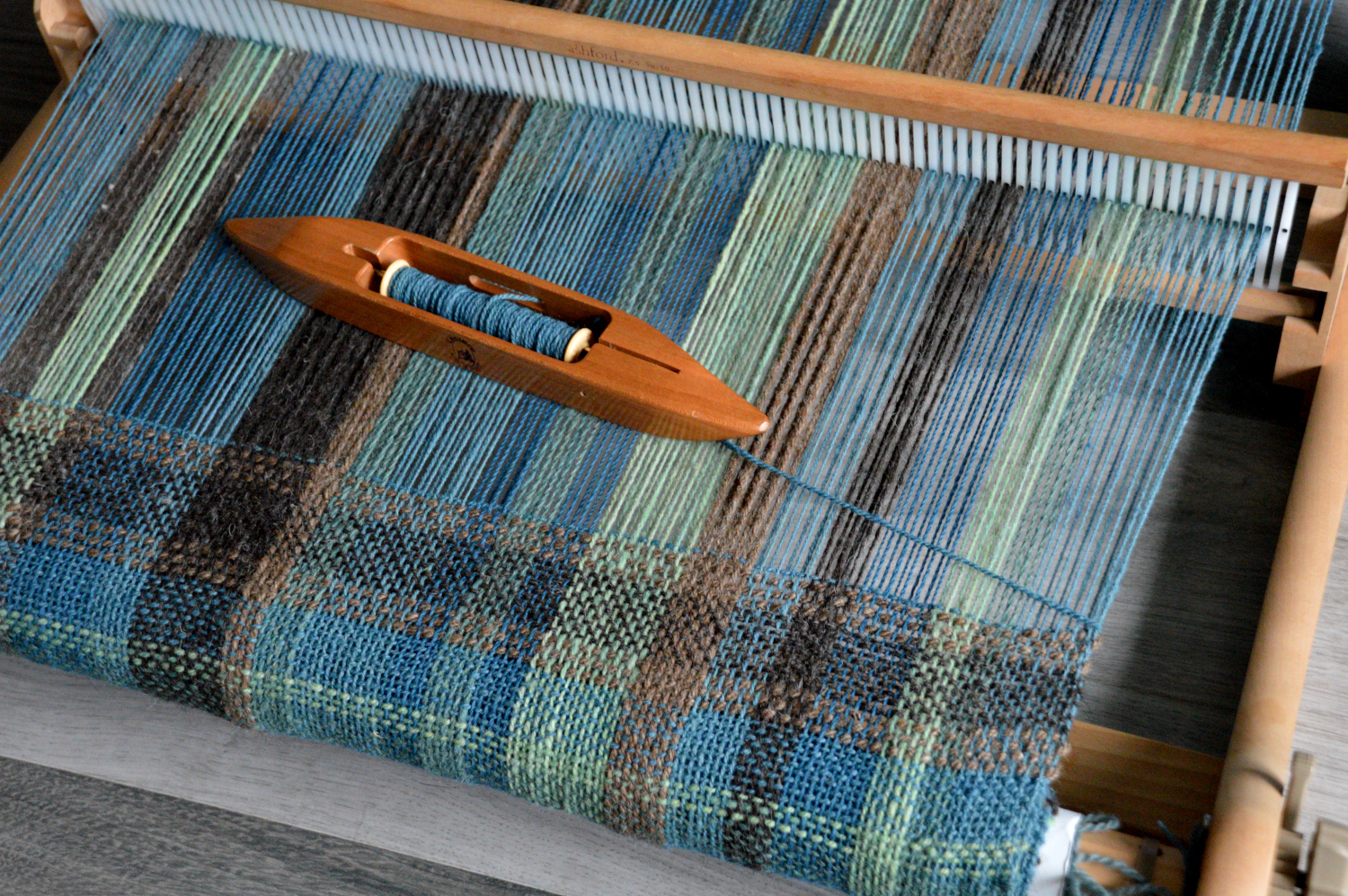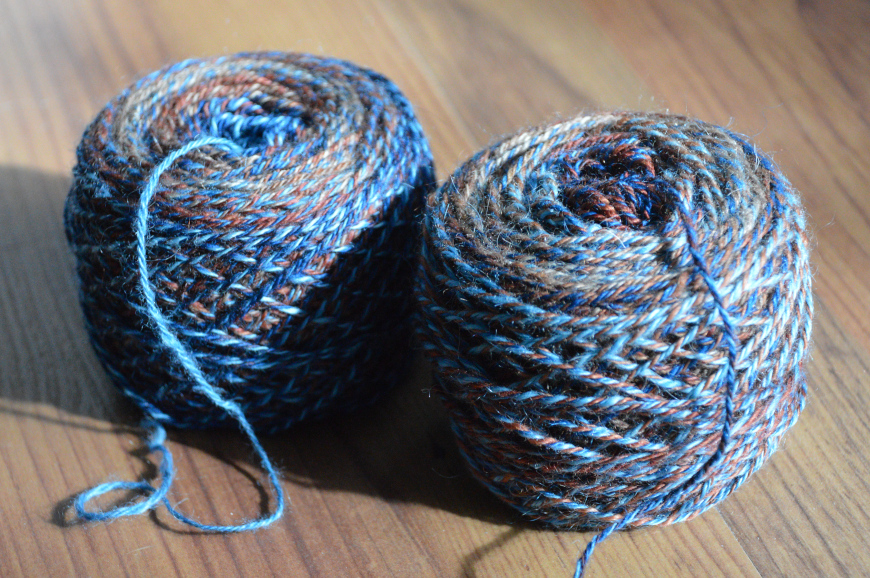I had all sorts of plans to post this on the last day of the month of May (as I normally do), but I hadn’t had a chance to take the photos. And then, once I had, the protests started. And it seemed like then was not the time to post about what I had been doing the previous month. I don’t often get political online – it’s a tough forum for it, especially as somebody that hasn’t lived the experience of others. And now is the time for those of us who haven’t to make room for those who have.
What I will say is shut up and listen. All at once I’m glad this has finally come to a head, but I’m deeply saddened it’s taken this long. Let’s keep the momentum going and help as much as we can – don’t just post a square on instagram and make a one-time donation. Examine what you can do every day (week, year) and let’s carry that forward for as long as it takes. Take a real look at the power systems and how we can make those equitable.
Lakeside Socks (Made With Love Along)
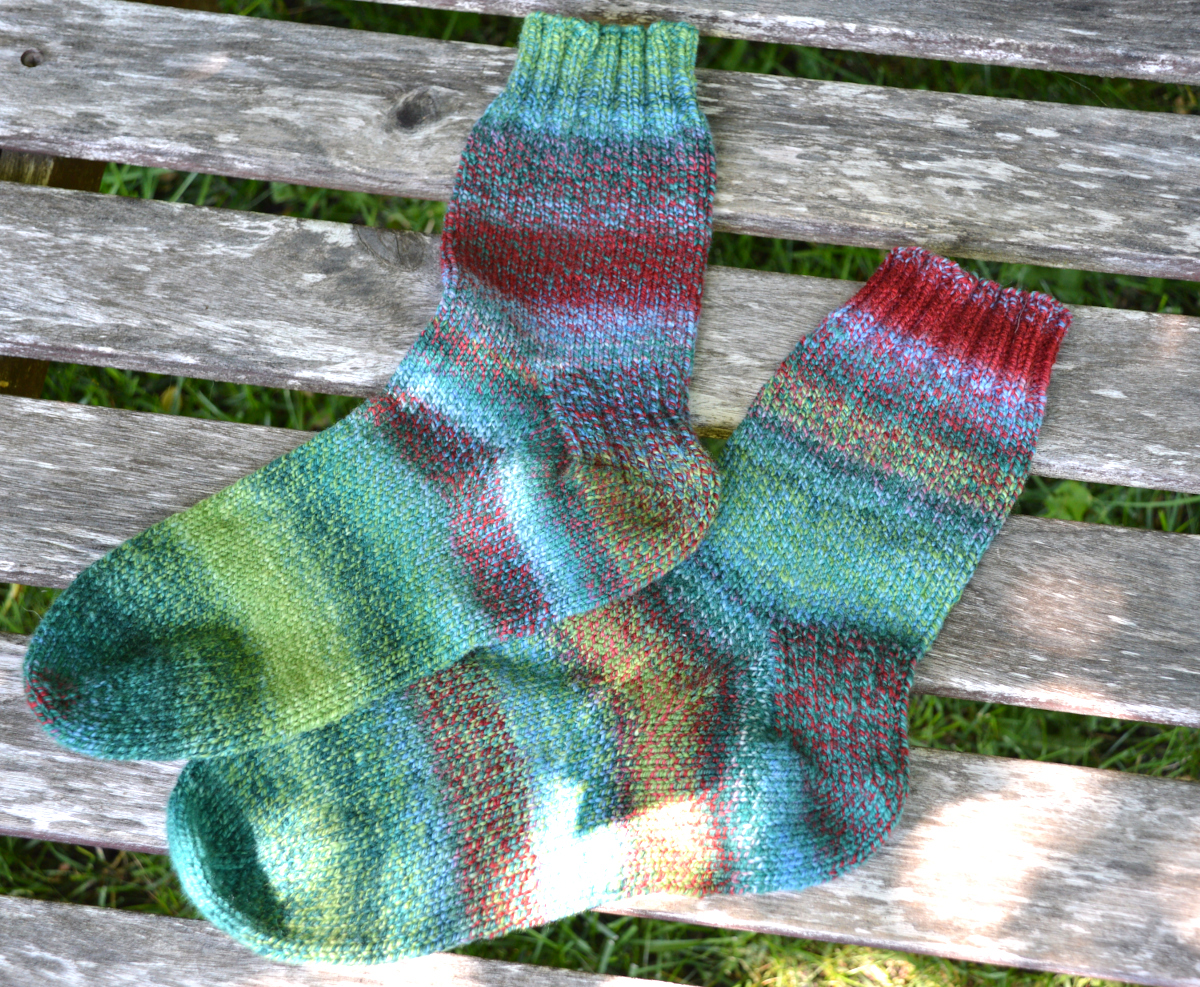
I finished my second pair of socks early in the month after the spin was complete, and I just love these. And I love my Lava Love socks. I love everything about both of them.
As to be expected the colour blocks in Lakeside were a lot larger than the Lava Love Socks due to the splits – a 1/2/4 fractal 3-ply for Lakeside and a 1/3/6 fractal 3-ply for Lava Love.
I spun and knit these the same as Lava Love – 34 WPI for the singles, with 6 TPI in both the singles and the ply. The only major difference being the braid splits. I talked quite a bit about both spins (including all those fun technical specs) in my April Fibre Notes.
If I had to pick a favourite pair of the two I think I’d lean slightly towards Lava Love. I like the more frequent colour changes for a smaller project like this, plus something about those fiery oranges and reds just make me so happy.
Zero to Hero
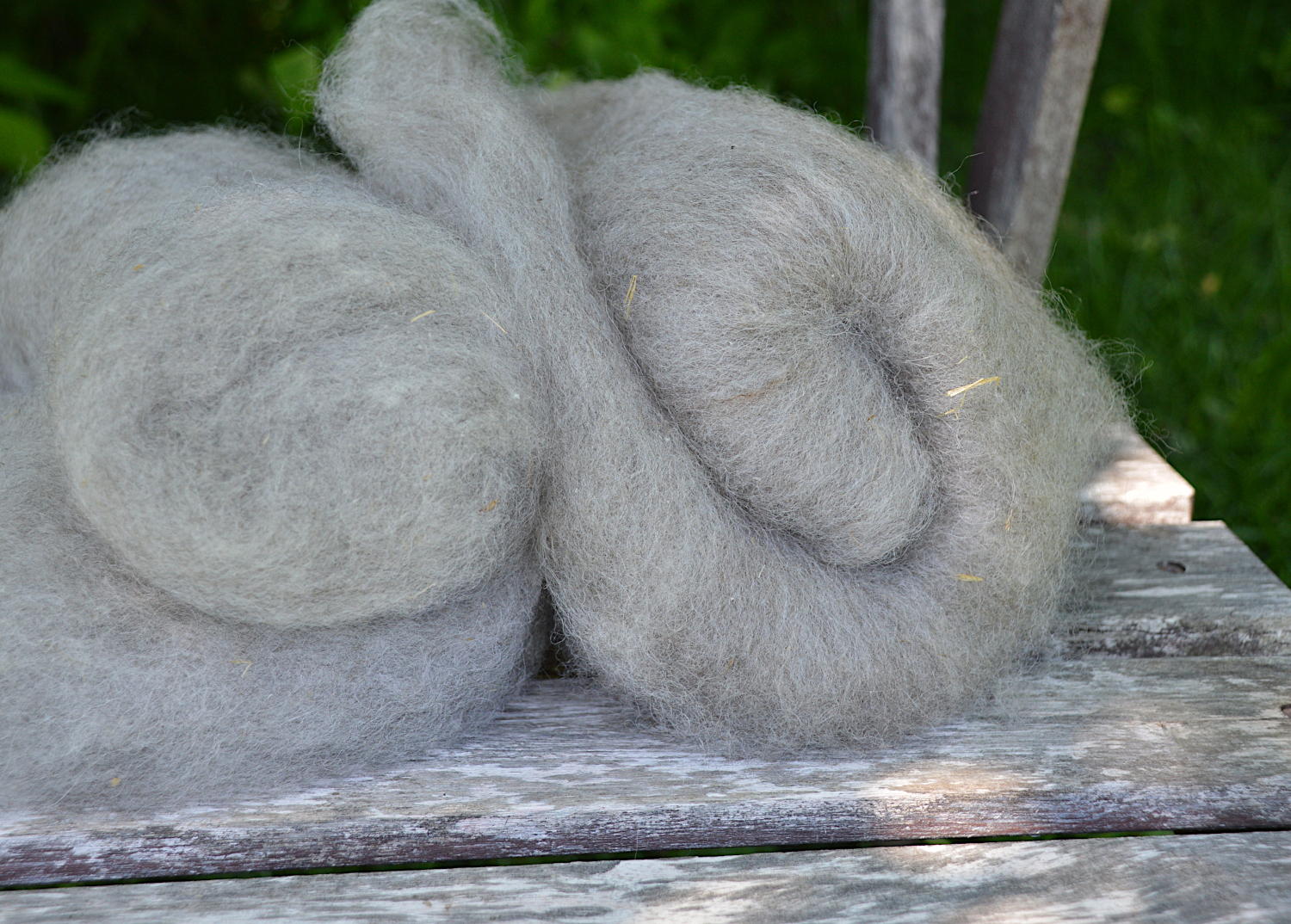
Why yes, I have made real progress on this this month! I spent many (many, many) hours prepping my fibre, and it is now ready to go.
I didn’t have enough of one fibre, but I had enough of several, so I ended up blending three different local fibres to create a blend that I really love. I had a teeny tiny Icelandic fleece that I knew I wanted to be the base, but it wasn’t quite enough for my whole sweater. I also had some odds and ends of shorter staple BFL that would be great for carding as well. Then, knowing I wanted a softer yarn (as opposed to my more workhouse sweaters which are what I normally gravitate towards), I knew I wanted to blend in some alpaca at a ratio of about 20-25%.
So I started on the drum carder. I like to make batts of the separate fibres first, then card them again to create the mix. It gives a really lovely, smooth, and even blend, although this method takes a lot longer than just weighing it all out and throwing them in the drum carder together.
So first I took my BFL and Icelandic batts, and blended them together at a ratio of 65% Icelandic to 35% BFL. The Icelandic was white, and the BFL a dark silvery-brown. What I ended up with were these gorgeous light silvery batts. I was smitten.
Then I took the alpaca, and blended that in at a ratio of 75% wool to 25% alpaca. This gave me a final ratio of 52% Icelandic, 25% alpaca, and 23% BFL. The resulting batts retained the silvery grey, and I’m absolutely in love with them.
Then I moved onto my sample yarn spin.
I’m aiming for a DK weight (about 11 WPI) for the finished 3 ply, so I spun my singles around 22 WPI using short backward while letting the twist in. Even though the fibre is primarily wool, just under half of it is a combined BFL (not known for airiness and bounce) and alpaca (definitely not known for airiness and bounce). So I ended up with a yarn around 12 WPI, and a bit thinner than what I was aiming for. Even with the woollen draft and giving the sample a good soak and thwack, it’s a yarn that lends itself to some anti-poof. So what I’m going to do is spin my singles a little thicker (18-20 WPI), and that should leave me pretty much with a yarn that is the size and shape I’m looking for. The commercial yarn for this pattern as well seems to be on the heavier side of DK – somewhere closer to a light worsted.
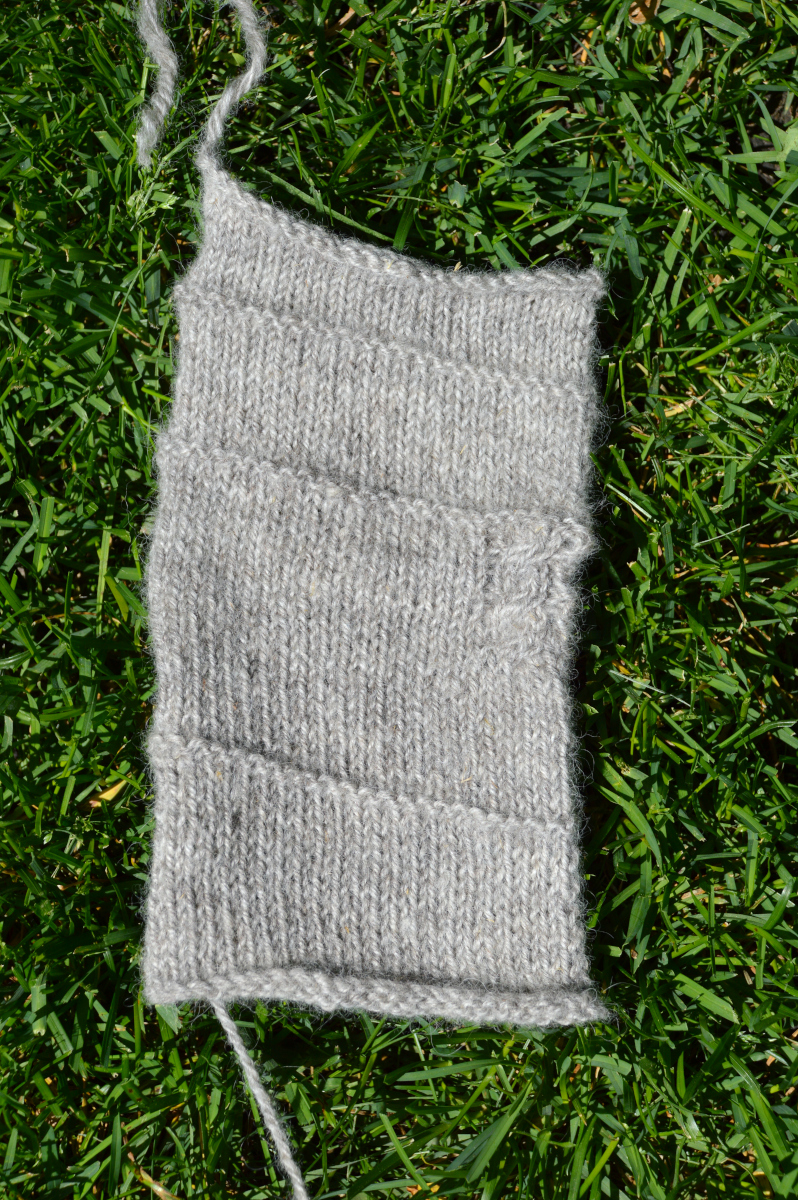
I’ve talked before about sampling your yarns before you dive into a big spin, and this is exactly the reason, especially when you start blending fibres. You can guess what your final yarn will do, but you never really know until you spin and knit with it, and if you’re somebody like me that has a real end goal in mind for what you want in a yarn, that sampling will be the true test if you’ve hit the mark, or need to make some adjustments.
51 Yarns
Oh boy, I am still behind. But, I’m one step closer! I wanted to finish all my prep for my Zero to Hero before I dove into carding for my gradient yarn – I definitely did not want hits of red in my lovely silvery batts. So as soon as I finished all that, I finally carded up my gradient set for my 51 Yarns. I’m promising myself (and you!) that I will make good headway in June on those spins.
For my gradient batt I took some texel that had been in my stash forever that I naturally dyed with madder in February. I had the straight madder, and then the marigold that I overdyed with the madder exhaust, so I figured I’d use those for a gradient. I have five samples:
100% madder
75% madder/25% madder & marigold
50% madder/50% madder & marigold
25% madder/75% madder & marigold
100% madder & marigold
I probably should have chosen two colours that were a bit less similar to get the full effect of a gradient, but we’ll see what the final yarn looks like.
Snack Spins
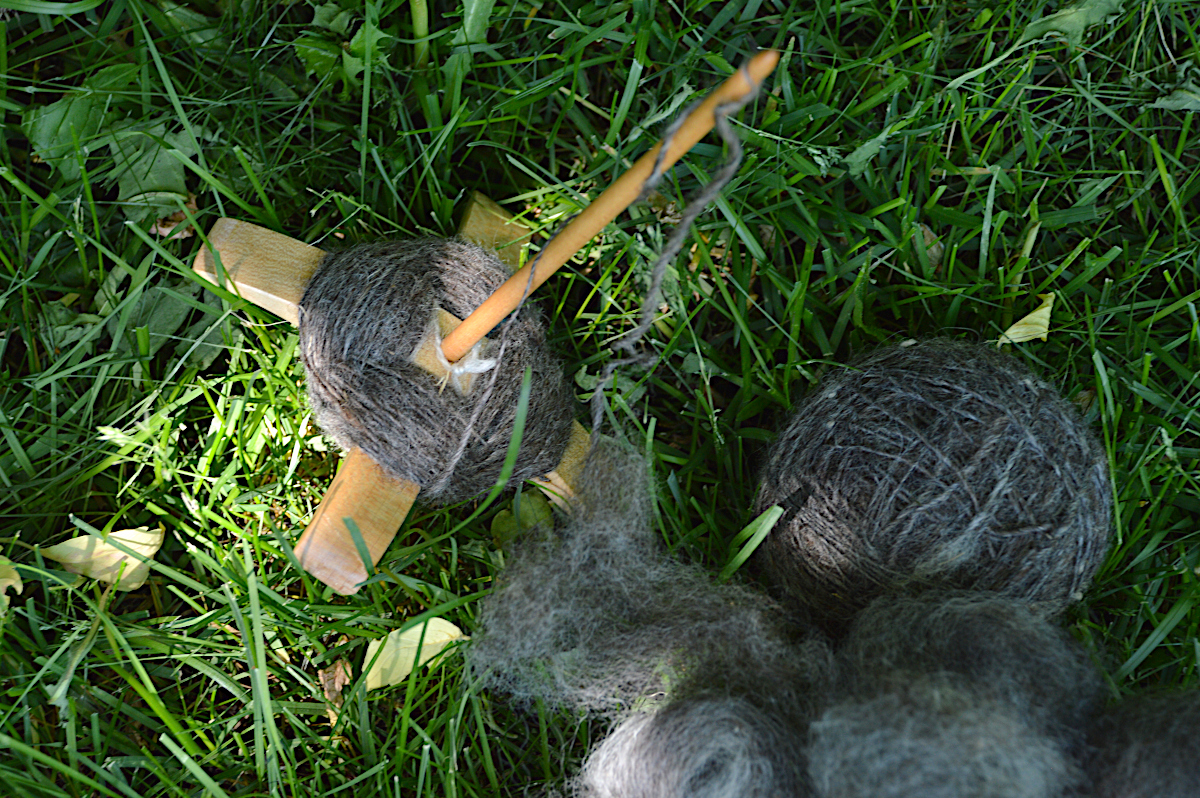
Whilst digging around in a bin I keep odds and ends in – amounts that aren’t big enough for a spin of any appreciable size – I found quite a little sampling of smaller fibre quantites. These are bits that I don’t really want to blend together because I have some super interesting breeds that I’d really like to experience on their own. So, I’ve decided to have these be and ongoing set of smaller spins, reserved for my Turkish spindle I got from Katrina (wonderfully made by her husband) last year.
These are the kind of projects that have no end goal in mind, and I’m not going to be too fussed about things like technical specs. The fibre will tell me how it wants to be spun, and that’s how it’ll be spun. I’ll end up with several smaller skeins, and maybe some day they’ll work their way into a project or weaving, but for right now the whole purpose of these will be to improve my spindling skills, and to enjoy some outside time spinning and enjoying the summer.
